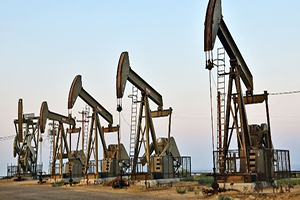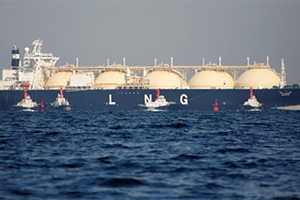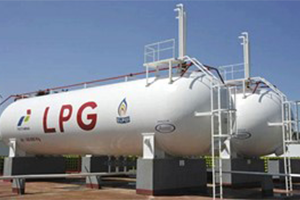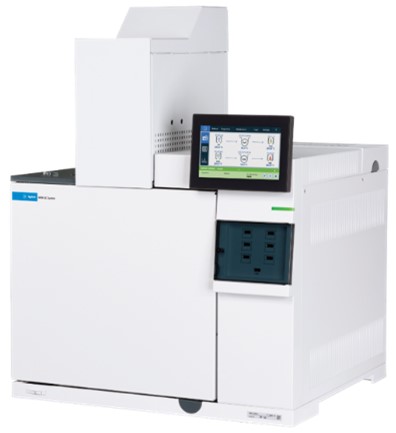Natural gas does burn cleaner than other fossil fuels!
Henry Hub reminds us of Natural Gas pipeline that serves as the pricing point for natural gas futures on the New York Mercantile Exchange. With the rapidly changing consumer behavior & technology, there’s ever increasing pressure being mounted on Natural Gas prices. Natural gas exchanges several hands mid-stream from it’s original well extraction to last end-user. At each point of exchange, the buyer & seller measures Natural gas for it’s individual constituents & total composition which make up it’s calorific (or BTU) value. A higher BTU value fetches higher price, making it all the more compelling to invest in Natural Gas Analyzer technology.
What is Natural Gas?
Natural gas or NG is a naturally occurring hydrocarbon gas mixture consisting primarily of methane and other lighter alkanes, carbon dioxide, nitrogen, hydrogen sulfide and helium. Like other fossil fuels, it's formed beneath the earth’s surface from organic matter that died millions of years ago. It’s found in large deposits deep below the earth's surface, farther down than oil, so it’s particularly difficult to extract and often harms the environment to do so.
There are three types of natural gas classified as follows

Natural Gas Liquids (NGL) are the heavier hydrocarbons that remain after the methane (natural gas) is stripped out. NGL’s include propane, butane, isobutane, and pentanes, hexanes, heptanes, and octanes. NGLs are low vapor pressure condensates & are more valuable as raw material for further processing.

Liquefied Natural Gas (LNG) is an intermediate vapor pressure natural gas, mainly methane cryogenically liquefied to very low temperature of -161degC at 1atm pressure. This is done to efficiently transport and handle bulk quantities of natural gas, instead of trying to store it in huge tanks in a gaseous state at elevated pressures. It weighs almost half of the air & thereby is the safest form of natural gas.

Liquefied Petroleum Gas (LPG) is a high vapor pressure liquefied petroleum gas, a group of flammable hydrocarbon gases formed through pressurization and commonly used as fuel. It’s constituents are mainly a mixture of propane, butane & isobutane used in varying concentrations across the continents. It’s the cheapest form of natural gas which comes with a higher calorific value
Natural Gas Analysis
Regulatory agencies GPA (Gas Processing Association) and ASTM (American Society for Testing and Materials) have developed many standard methods to analyze NG, LNG & LPG. Gas Chromatography technique is at the forefront of this analysis as most of the analytes are volatile.
Commonly used standard analysis methods:
Natural Gas Analysis Results
The gas chromatograph configuration consists of two channels & is configurable with either gas sample valves, liquid sample valves, or both liquid and gas sample valves for analysis of a variety of sample phases in a single analysis.
One channel is configured with a liquid and gas sample valve in series with a split inlet and a microfluidics Capillary Flow Technology (CFT) Deans Switch configured with an HP-PLOT Q and a Molsieve PLOT capillary column interfaced with a single thermal conductivity detector (TCD). The TCD channel is used for the analysis of permanent gases and light hydrocarbons.
The second channel is configured with a liquid and gas sample valve in series with a split inlet and DB-1 column interfaced with a flame ionization detector (FID) for the analysis of extended hydrocarbons. This configuration allows for the analysis of both permanent gases and extended hydrocarbons in natural gas, natural gas liquids (NGL), or liquefied petroleum gas (LPG) in single analysis using capillary columns.
Using a Capillary Flow Technology Deans Switch configured with a single TCD provides an effective way to analyze permanent gases in LNG, LPG and gas phase samples. The approach provides a flexible analysis with easy method setup, with the flexibility to add a second channel such as the extended hydrocarbon analysis discussed. The use of capillary columns improves speed, precision, resolution and sensitivity compared to the packed column methods that are typically used for this analysis.


Source 5991-5255EN
Click here to learn more about natural gas analyzers and our other Oil & Gas testing workflow solutions. To know more about our products and solutions and how we can assist you, send an email at contactus@gulfbioanalytical.com.
Written By:

Ajay Sharma